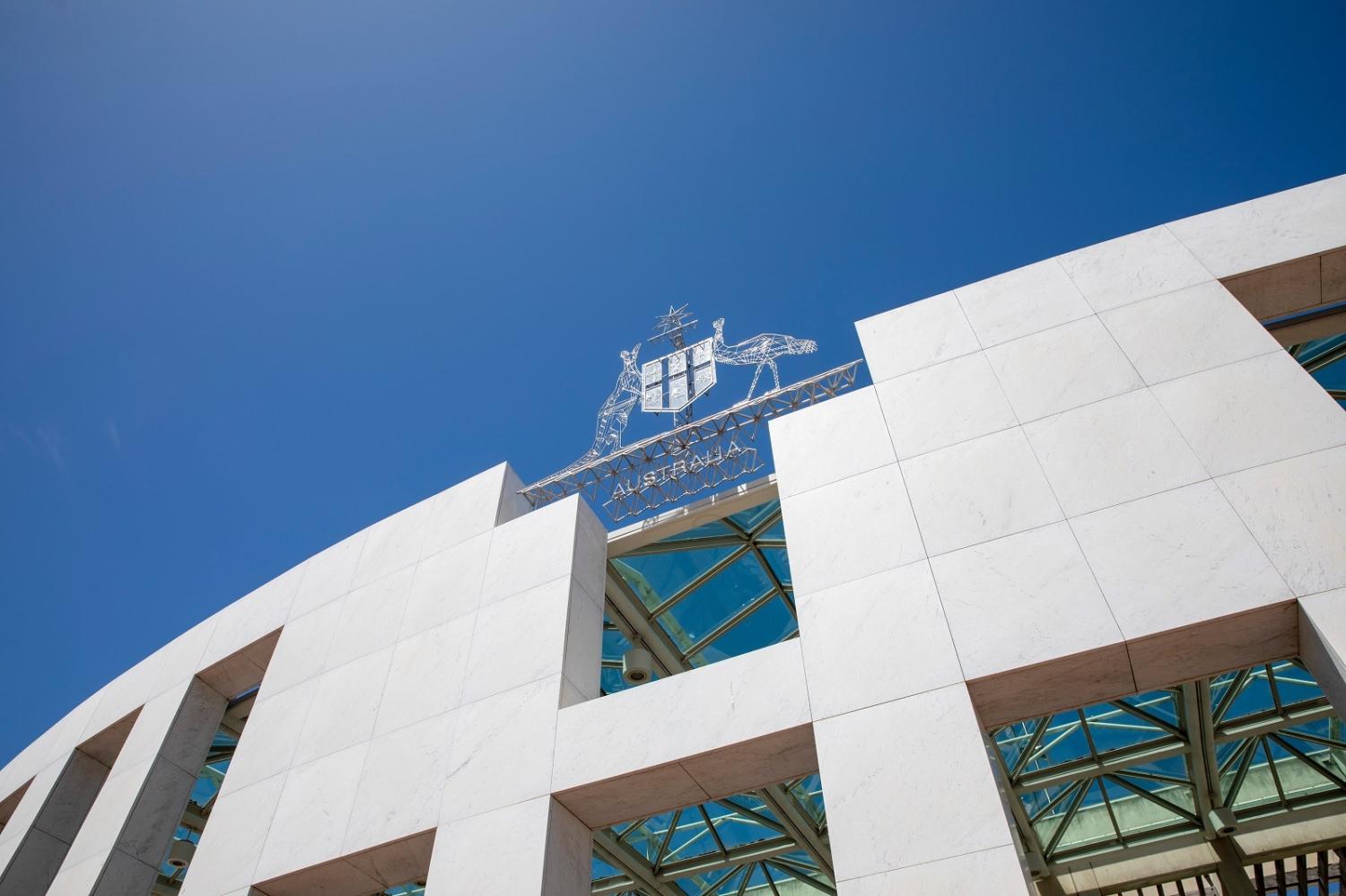Australia released a new International Development Policy last month and accepted all the recommendations of the Development Finance Review, which was released on the same day. These documents and the commentary that followed speak to an absence of debate and strategic imagination on Australia’s approach to aid and development.
Commentary has been mostly positive. Some have claimed it a pivotal moment for Australian statecraft, one that restores development to the heart of foreign policy and finally will bring coherence to Australia’s aid program. The opposition and for-profit contractors have welcomed the new policy. The more circumspect have argued it maintains the status quo and while it largely satisfies stakeholders and stabilises the program, will not transform it. Others underline the elephants in the room – a declining aid budget, China, and concerns over leadership and oversight.
There is, however, a conspicuous but not surprising lack of critical commentary. Many are rightly concerned that substantive critique will incite calls to reduce the already meagre aid budget below its current level. Deeply scarred by cuts and integration, the sector is grateful for any crumbs that look like a slightly more effective aid program. There are also financial incentives to self-censor as many commentators are in receipt of the aid dollar.
Gone are the days when debates around “boomerang aid” and obtuse consultant salaries had a place in public consciousness. No one outside the sector seems to bat an eyelid at analysis that two in five of our programs are ineffective, or that taxpayers’ money is ending up in the bank accounts of politicians.
This lack of substantive debate serves no one and the policy produced is both banal and arrogant – calling for a repeat of the failed whole-of-government approach to assist with development of “our” region, while not reflecting on how our actions are impacting the region and planet.
We suggest some areas where debate would benefit Australia’s strategic imagination.
Who does our aid really benefit?
The top four private firms – Abt, Palladium, DT Global, and TetraTech – have seen their share of the aid dollar more than double. With portfolios reaching $2 billion, their taxpayer-funded profits are likely to exceed $200 million. These profits, along with development professionals’ salaries, lack transparency. Australian “experts” are often viewed as overpaid against comparable local experts, but we don’t know if the 7-to-1 wage gap identified a decade ago has persisted or worsened. While the policy has promising language on localisation, no targets are set to shift or address these trends.
The development finance review pushed streamlining of the seven different funds down the road, expanding opaque private sector operations that will fund Australian firms, financial intermediaries, and Indo-Pacific small and medium-sized enterprises. It suggests increased use of financial intermediaries, despite the fact that they prioritise profits, charge high fees, and drive public service privatisation.
Both documents repeatedly highlight labour mobility, arguing its economic benefits to our partners but fail to mention brain drain and adverse social effects or take-up ideas for improvement. When Samoa’s Prime Minister Fiamē Naomi Mata’afa says the whole discourse frames Pacific Islands as “outposts” that “grow” labourers for Australia, and Pacific governments have to consider legislation to slow Australian initiatives, serious questions need to be asked about who is the primary beneficiary of these schemes.
Is our aid sector racist?
Where the United Kingdom has probed structural racism in aid and USAID launched a racial and ethnic equity initiative, Australia lacks a substantial racial discourse on aid. Are we aware of the level of ingrained racism in the system and the paternalistic attitudes among our aid program architects and implementers? Are we so entrenched in a White-Saviour Industrial Complex that we continue to ignore prejudiced and patronising viewpoints in the belief we are “doing good”?
Behind the positive language around respect, listening and partnership, aid – like colonialism – is a “tool of statecraft” to shape the region we want. Behind images of smiling brown faces, predominately in rural and semi-skilled settings, sit our racial biases and stereotypes that disregard urban complexities and diverse capabilities. This imagery, like the policy and review, further conceal the aid-industrial-complex itself, with no hint of the (predominately white) managers and firms that design, implement and evaluate our aid.
What is “development” anyway?
Australia is a rich nation with significant institutional resources, but as humanity comes close to overshooting three planetary boundaries, it is time to question what we think development is. If we are serious about sustainability and ecological wellbeing, then we have to find alternative philosophical and ideological underpinnings.
The policy and the review clearly remain underpinned by linear notions of progress that believe societies move forward in stages of development with growth the ultimate goal. They continue to promote growth through “structural reforms” that have increased inequality over the past 30 years. They ignore the impacts of Australian policies on trade, tax, security and energy, which may well be more significant to the wellbeing of our partners than our aid.
Australia needs more critical debate on aid and foreign policy. The dearth of critical voices in the public discourse is reflected in these documents. Other voices, including in the region, are growing louder. If we deliver more benefit to private companies and ourselves than to our partners and can’t drag ourselves out of our colonial past, we will play right into China’s rhetoric that portrays us as colonial and chauvinistic, and positions themselves as an alternative. And if we can’t acknowledge how our own actions impact the region and planet, our credentials as a “development” partner will only worsen.

